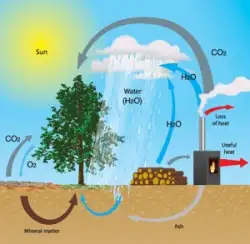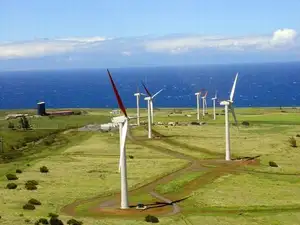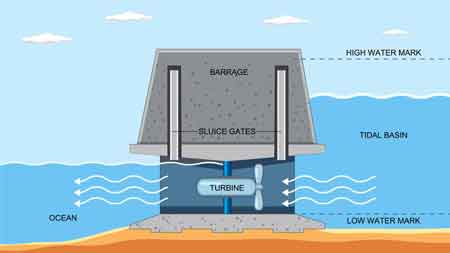Wind Turbine Theft: An Emerging Threat to Renewable Energy Infrastructure

Wind Turbine Theft an Emerging Threat to Renewable Energy Infrastructure drives copper theft, SCADA breaches, and component vandalism, undermining grid reliability, power electronics, asset monitoring, and substation security via weak telemetry and inadequate intrusion detection.
Why Is Wind Turbine Theft an Emerging Threat to Renewable Energy Infrastructure?
It compromises SCADA, power electronics, and grid protection, causing outages, safety risks, and costly downtime.
✅ Targets copper, rare-earths, converters; degrades power quality.
✅ Exposes SCADA/PLC networks; weak auth and unpatched firmware.
✅ Disrupts protection relays, yaw/pitch control, and grid code compliance.
As the global energy landscape shifts towards sustainability, wind power has emerged as a cornerstone of renewable energy. However, a growing concern is threatening the integrity of this clean energy source: the theft of wind turbine components. This issue not only undermines the efficiency of wind farms but also poses significant economic and operational challenges. As stakeholders evaluate risk, understanding the fundamentals of renewable energy provides perspective on how theft disrupts larger decarbonization goals.
The Scope of the Problem
Wind turbines are complex machines composed of various valuable components, including copper wiring, rare earth magnets, and electronic systems. These materials are attractive targets for thieves due to their high resale value. Incidents of theft have been reported globally, with turbines being dismantled and parts sold on the black market. In some cases, entire turbines have been stolen, leading to substantial financial losses for operators. Industry primers such as renewable energy facts outline why critical materials attract theft in secondary markets.
Economic Implications
The financial impact of turbine theft is multifaceted. Beyond the immediate loss of equipment, operators face increased insurance premiums, higher maintenance costs, and potential fines for non-compliance with safety regulations. The theft of components also leads to extended downtimes as replacements are sourced, further affecting energy production and revenue. These losses ripple into PPA obligations and grid forecasts, as disruptions reduce expected renewable power output during peak demand windows.
Security Measures and Challenges
To combat this growing threat, wind farm operators are implementing enhanced security measures. These include installing surveillance cameras, employing security personnel, and utilizing GPS tracking systems for turbine components. Despite these efforts, the vast and often remote locations of wind farms make them difficult to monitor effectively. This challenge is compounded by the rapid pace of technological advancement, which can outstrip the implementation of security protocols. Blended approaches that pair physical hardening with community engagement have proven effective across other renewable power sources in similarly remote locations.
Legal and Regulatory Responses
Governments and regulatory bodies are beginning to recognize the severity of turbine theft. In some regions, legislation has been introduced to regulate the sale of second-hand turbine components and to impose stricter penalties for theft. However, enforcement remains inconsistent, and the international nature of the wind energy supply chain complicates efforts to track and recover stolen goods. Clearer resale controls also protect consumer confidence in certified renewable electricity markets and warranty frameworks.
Broader Implications for Renewable Energy
The theft of wind turbine components highlights a broader issue within the renewable energy sector: the vulnerability of infrastructure to criminal activity. As the industry grows, so too does the potential for exploitation by organized crime. This underscores the need for comprehensive security strategies that encompass not only physical protection but also cyber defenses to safeguard against a range of threats. Coordinated intelligence sharing across operators of diverse renewable energy sources can expose cross-site patterns and organized groups.
Conclusion
While wind energy remains a cornerstone of the global push towards sustainability, the theft of turbine components presents a significant challenge that must be addressed. Through a combination of enhanced security measures, stricter regulations, and international cooperation, the renewable energy sector can mitigate this threat and continue to provide clean, reliable power for the future. Doing so strengthens public trust in clean renewable energy systems that communities increasingly rely upon.










